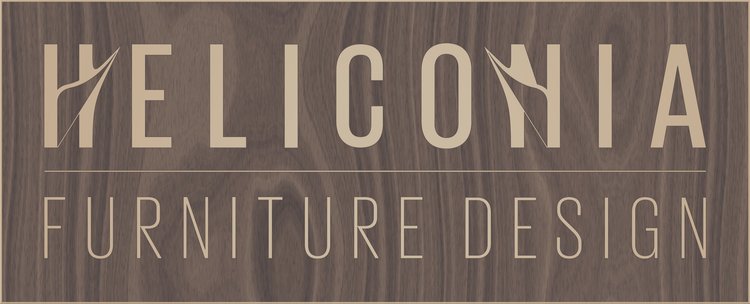I am a cabinet maker, a furniture maker – not a carver. My work is structured and organised using technical drawings with precise dimensions and working the figurative and tonal palette of a familiar timber. There are basic engineering rules to be adhered to and techniques that are studied and practiced and enhanced over a period of time. This foundation does not invite much innovation or risk taking and generally I wouldn’t attempt to do things that I have learnt properly.
I have had no training on carving, even on the basic textural stuff I use, and I have done very little reading. I bought tools that I liked the look of and liked the feel of in my hand and just got on with it. This approach is unburdened by expectation or ideas of perfection and has had two major impacts on my practice. The first is the thoughtless drift it sends me into - a mindfulness I guess, which has all the associated benefits to my wellbeing and is a lot of fun. Secondly it adds a randomness or wildness to my work. This randomness isn’t just a decorative motif added to the restrained lines of the furniture but is also a way of adding narrative value – piling up layers of visual and textural detail. The viewer/buyer can see exactly what I have been doing and understand the time and effort that has been applied.
Its interesting that despite knowing nothing about carving when I started, it only took a few days before I began to collate my own rules on technique; specific to London Plane and the chisels I was using. So obviously I started to develop expectations of myself and then anxieties when I thought these expectations would not be met. Not only was tacit knowledge built around my use of the chisels and the feel of the material but also around ideas of quality and work ethic. Typical! Anyway, it was still fun because I was achieving what I wanted, or close to it.
This is what I learnt;
1. When holding the chisel, hold the chisel as low down to the timber as possible and support the blade with the other hand.
2. I am using a - Dig the centre of the cutting edge in into the timber and scoop upwards.
3. The direction of the grain is so important to how evenly spaced the gouges are, how consistent their sizes and shape. I carve slightly across the grain – gouging along the grain is tricky to control and carving directly across the grain produces a very rough finish to the gouged depressions.
4. Randomness in shapes, pattern and quality of the gouged depressions also depend on the wildness of the feathered or lacewood figure and the amount of sapwood. You can get very different results from each particular square cm of timber so always pay attention to how the character is changing across the timber, especially if the panel consists of several butt jointed boards.
